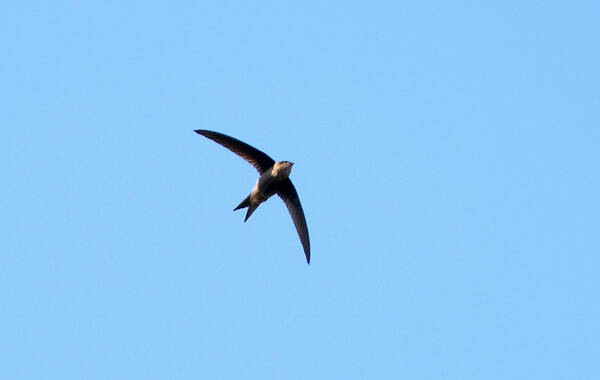Asian Palm-swift
IUCN
LCBasic Information
Scientific classification
- name:Asian Palm-swift
- Scientific Name:Asian Palm-swift,Cypsiurus balasiensis
- Outline:Climbing birds
- Family:Apodidae Apodidae B.Swift
Vital signs
- length:110-140mm
- Weight:9-13g
- lifetime:
Feature
The body is dark brown and the tail is deeply forked.
Distribution and Habitat
In China, they often breed in places with tall palm trees in the tropical areas of Yunnan and Hainan Island. Abroad, they are distributed in India, Southeast Asia, the Greater Sunda Islands, Sulawesi and the Philippines.
The palm swift mainly inhabits open areas such as low mountains, hills, and plains, especially forest edges, shrubs, towns, villages, and fields with palm trees.
Appearance
It has a slender body and dark brown body. It is different from the swiftlet in that it has a larger wingspan but narrower wings, and a long tail with large forks. Its iris is dark brown, its beak is black, and its feet are purple.
Details
Palm Swifts use the crowns of palm trees and their drooping dead leaves and palm mantle as their nests and resting places. The nests are close to the leaves of palm trees. They can be found up to 1,500 meters above sea level. They often fly in groups over open fields. They fly higher in clear weather and lower in cloudy weather. They frequently shuttle back and forth in the sky to hunt throughout the day. They are most active at dusk. They mainly feed on insects. They hunt insects while flying.

The breeding season is from May to July. They breed in pairs or small groups. They usually nest under the eaves or on palm leaves and thatch. The nest is cup-shaped and mainly composed of kapok fluff and plant fibers. Usually one side of the nest wall is fixed to the back of the leaf, and the other side is suspended in the air. The nest is about 8 meters above the ground, with an outer diameter of 4.5 cm and an inner diameter of 3.5 cm. Each nest lays 2 to 3 eggs, mostly 2, which are oval, white, and 15 to 18 × 10 to 12 mm in size.
Listed in the 2012 IUCN Red List of Threatened Species ver 3.1 - Least Concern (LC).
This species has been included in the "National List of Terrestrial Wildlife with Important Economic and Scientific Research Values under State Protection" issued by the State Forestry Administration of China on August 1, 2000.








